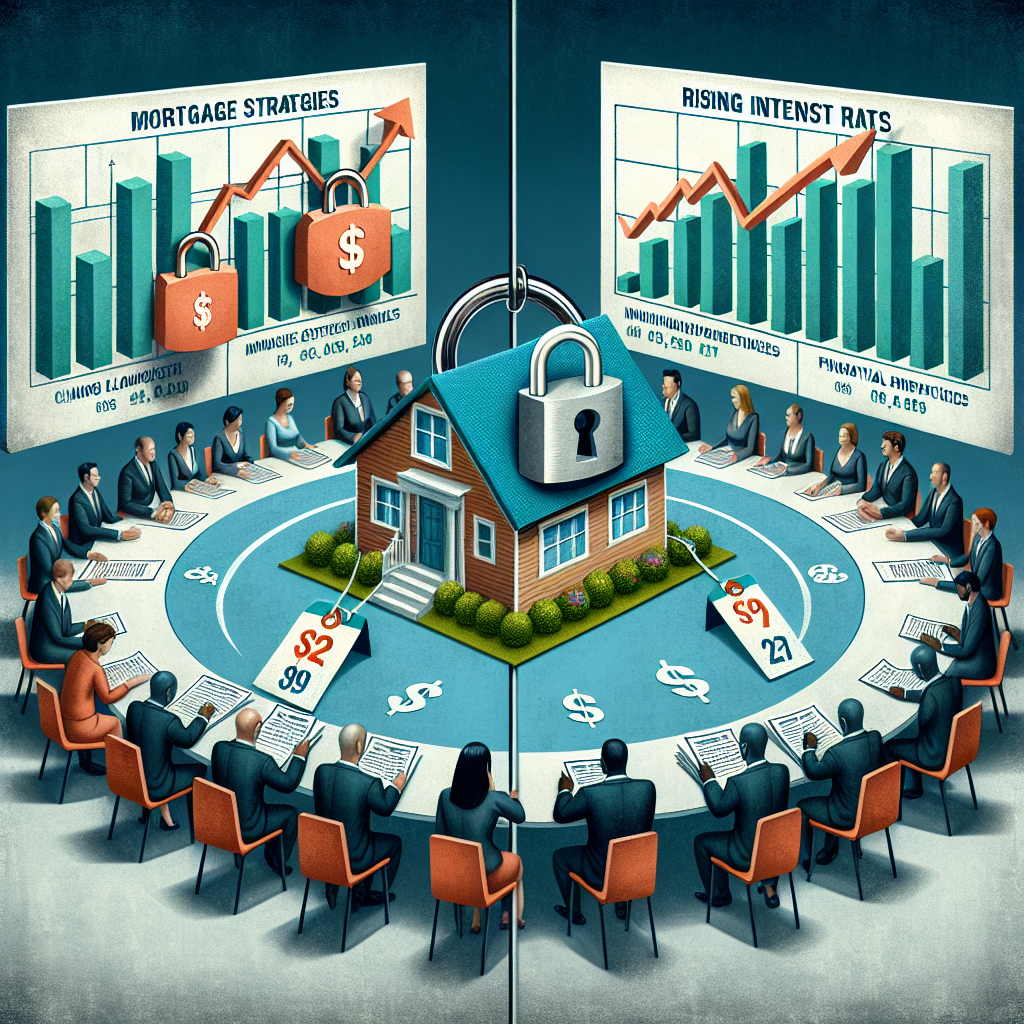 Notable findings from the report include:
Notable findings from the report include:
- The overall critical defect rate of 1.88% is the highest quarterly rate since 2018.
- Defect increase was driven primarily by a 64% increase in the Income/Employment category.
- While defects were down in the overall majority of categories, three of the four key borrower qualification categories saw significant defect rate increases compared to Q1 2020.
- The share of conventional and refinance loans continues to skyrocket.
- Early Payment Defaults (EPD) increased 197% through Sept 2020 compared to last year.
“While evidence of COVID-19’s impact on loan quality was present in the Q1 data, Q2 is where ‘The COVID Effect’ becomes truly apparent, resulting in the highest critical defect rate observed since Q4 2018,” said Nick Volpe, ACES Executive Vice President. “One of the biggest drivers of this increase was the rise in Income/Employment-related defects–a wholly unsurprising outcome given the challenges nearly all employers faced in transitioning to a remote working environment.”
“In many respects, the mortgage industry and the world at large remain in a “wait-and-see” mode. As such, we expect higher than normal volatility in the critical defect rate for the remaining quarters of 2020 and into 2021, though loan volumes should remain high next year thanks to the ongoing low-interest-rate environment,” Volpe added.










